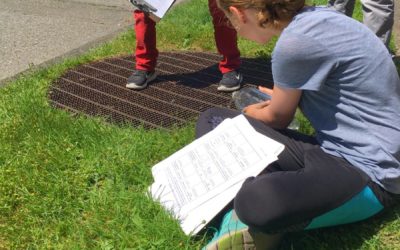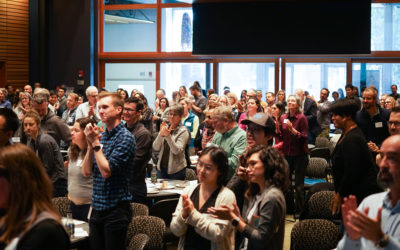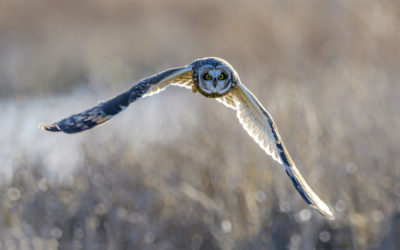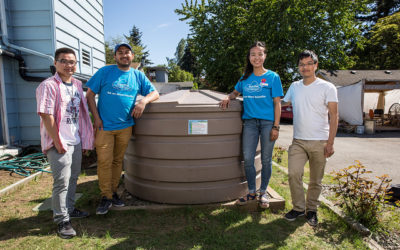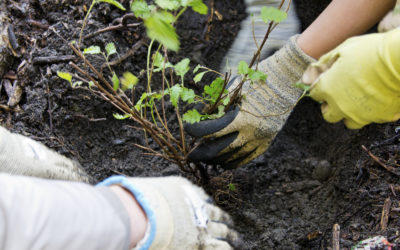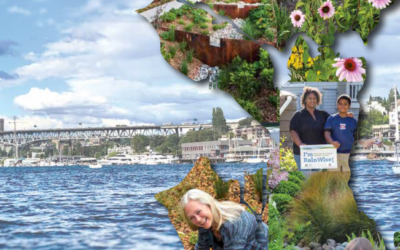PLANTING TREES ROOTED IN HISTORY
Des Moines Planting Trees Rooted in History Date (if desired) By Dr. Sarah Yarwood-Lovett and Ali Yeates Lakehart With the growing concern of climate change and the importance of greening cities, planting trees is a key way to make a difference for our future. But,...
Partner Spotlight: IslandWood
Bainbridge Island Partner Spotlight: IslandWood Date (if desired) By Lauren Sewell Tucked away amid the trees of Bainbridge Island lives IslandWood, an organization dedicated to providing exceptional learning experiences that inspire lifelong environmental and...
Small Successes, BIG Impacts
Bear Creek Small Successes, BIG Impacts Date (if desired) By Olivia Clark When you see one of the world’s most charismatic species suffering due to human-produced pollution, you might want to respond with action. And in 2018, Southern Resident orcas received...
2019 Puget Sound Green Infrastructure Summit Recap
Bothell 2019 Puget Sound Green Infrastructure Summit Date (if desired) By Hannah Kett Mobius Hall at Cascadia College was overflowing with inspiration, collaborative energy and green infrastructure leaders from around the Puget Sound region during the 4th Annual Puget...
BRINGING NATURE TO THE SCHOOLYARD AT HAWTHORNE ELEMENTARY
Columbia City Bringing Nature to the Schoolyard at Hawthorne Elementary Date (if desired) By Olivia Clark Nature’s benefits extend beyond providing habitat — trees cool hard surfaces, filter out pollutants from stormwater and reduce air pollution. Access to nature has...
City Nature Challenge 2019
Woodland Park Zoo City Nature Challenge 2019 Date (if desired) By Dr. Sarah Yarwood-Lovett & Katie Remine How much wildlife do you think lives alongside us in our cities? What are the most common species in cities around the world? What species of plants and...
Stormwater Messaging Toolkit
Stormwater Messaging Toolkit Date (if desired) By Betsy Adams Catch basins and MS4’s and engineered bioretention cells – oh my! The jargon-rich vocabulary of the stormwater world can be a big barrier to outreach staff working to convey the importance of and increase...
Openness, Collaboration, and Co-Creation: Realizing the Full Potential of Nature-Based Solutions
Openness, Collaboration, and Co-Creation: Realizing the Full Potential of Nature-Based Solutions Date (if desired) By Mark DeLaurier The potential for nature-based solutions (NBS) continues to rise, and new research points the way toward realizing those possibilities...
The Green Stormwater Infrastructure Overview and Accomplishment Report
King County The Green Stormwater Infrastructure Overview and Accomplishment Report Date (if desired) The 2017-2018 Green Stormwater Infrastructure (GSI) Overview and Accomplishment Report highlights King County Wastewater Treatment Division (WTD) and Seattle Public...
Subscribe to our e-mail list.
Stay up-to-date on how we are building a movement around nature in cities - including the latest stories from the blog and upcoming events.
© Kevin Arnold


